Bad motivations with good outcomes, and the wedding photos of Ted Hughes and Sylvia Plath
Nick Hornby selects his top Substack reads
This week’s Substack Reads is guest edited by bestselling author and Oscar-nominated screenwriter , who writes on Substack and is best known for his novels About a Boy and High Fidelity and his memoir Fever Pitch. On Substack he writes across genres, including sports, culture, and the craft of writing novels and screenplays. Some of his most popular posts to date include “FAQs about scriptwriting,” “My patron,” and “Writing and mental health.” If you enjoy his selections today, be sure to subscribe to his Substack.
I have been here for about three months, and almost immediately I discovered writing that I couldn’t believe I’d been going without. I am someone who reads a lot and thinks a lot about the arts, and Substack provides me with both illumination and introduction—to new music, new books, new writers, old movies. The whole of creative life is here, covered in as much depth as you can stand. It’s been a joy.
ART
“This is the best piece I read this week. Brandon Taylor responds to the furore surrounding Alice Munro, who died recently: Munro’s husband abused her daughter, and Munro chose to stand by him. Taylor writes with a terrible honesty about his own experience of being abused, while at the same time expressing great clarity of thought about the whole monsters-in-art problem.”
What I’m doing about Alice Munro
—
Taylor inThe question of what to do with the art of monstrous people simply is not one that ever occurs to me. I do not think of the artist when I am engaging the art. I do not think of the person behind the curtain pulling all the strings and I do not ask or think to ask how their biography might be influencing what is at hand. Everything I have learned about an artist and the relation of biography to their work has been against my will. I simply do not find it that interesting. It’s not like with politicians or monarchs or judges or people who exercise actual power over the material facts of our lives. Who decide life and death. People with actual power to bring about sudden and material harm to us based merely on their own whims and fancy.
COMMENT
“Ian Leslie is one of those thinkers, like Malcolm Gladwell, who can spin something smart and important out of just about anything: a recent post charted the changing nature of English patriotism through TV ads. He has written several about politics recently, mostly because there has been a lot of it about, but whatever he turns his attention to, he is always insightful, and usually has the results of, say, a Finnish research project to underpin his argument. This piece, which discusses egotistical ambition, selfishness, pretentiousness, anger, and envy, as exemplified by Joe Biden, Thierry Henry, David Bowie, and others, is typically eclectic and stimulating.”
Five bad motivations with good outcomes
—
in3. Pretentiousness
I once heard David Bowie, in an interview, recall that as a young man he would carry around paperback books by French existentialists because he wanted to look like an intellectual. He would keep them in his coat pocket, making sure that the title or author was visible to passersby. It was, in retrospect, laughably pretentious. But at some point, he said, he started to read them, and actually found them interesting. He absorbed the ideas of Sartre and Camus into what became a rich Weltanschauung.
Pretension might be seen as a failed attempt at seriousness (those who insist, rather stridently, on being unpretentious and “down to earth” are scared either by failure or seriousness or both). But it can also be seen as a bridge to seriousness, or a down payment on it. Somehow you have to get from where you are to where you want to be. You can’t worry too much about whether people think you’re getting ahead of yourself.
The vastly erudite critic George Steiner, often dismissed as pretentious by Anglo-Saxon empiricists, hated the phrase Come off it, which he thought of as distinctively English. Beethoven wouldn’t have composed his Ninth Symphony, Michelangelo wouldn’t have painted the Sistine Chapel, if they had listened to someone saying Oh, come off it, he said. And I do think they might have listened. Even great artists can be vulnerable to the charge of pretentiousness, since most of them feel like fakes at some point; at some point, most of them are.
LITERATURE & HISTORY
“Ann Kennedy Smith writes about all things Cambridge, England, with a particular focus on women and literature. I’ll be honest: I didn’t think it was going to be for me when I first came across it. No rock ’n’ roll in that title. But the stories she unearths are gripping, culturally significant, surprising. One of the joys of Substack is that it allows clever people with very specific interests to explore them at length. Her two-part piece about the 1897 protests in Cambridge—men taking to the streets in what looks like their thousands in an attempt to prevent women from taking a degree—is dumbfounding. Here is an extract from her piece about the wedding photographs of Ted Hughes and Sylvia Plath, which gives her a way into a particularly sharp piece of literary biography. Oh, and I was introduced (via footnotes) to the studio photographers Ramsey and Muspratt. The photos are not especially imaginative, but the people in them, looking so young … Vanessa Bell, Rosamond Lehmann, the Cambridge spies Anthony Blunt and Guy Burgess, preserved in the time before their fame or their infamy.”
The wedding photos
—
inBecause Aurelia was disappointed about not celebrating her daughter’s wedding in Wellesley, Plath agreed to have a set of studio photographs taken of herself and Hughes. “Thanks for the money,” she told Aurelia briskly towards the end of November 1956, “we’ll have a good picture taken this vacation, you may be sure”.
With no entry in the society column in the London Times to impress her mother's friends with, there would instead be a set of commemorative photographs taken by the prestigious firm of Ramsey & Muspratt. Aurelia Plath was prepared to pay for the best.
But a few weeks later, when they saw the proofs, neither Plath nor Hughes were happy with their wedding photos. On 20 December 1956, Sylvia sent her mother a Christmas card along with a contact sheet of the black and white portraits. “Well, here are enclosed a few of the best of the grisly proofs,” she told her.
“Ted and I really don’t like them, considering ourselves much more beautiful --- these are more like passport shots without imagination or sensitive lighting; in fact Ted hates them all. But I am sending them on to you until we have something better done, which we will do soon --- this lady was an expensive crook.”
CULTURE
“Ted Gioia is why I am here. I can’t remember now how I discovered he had a Substack page, but I had read one of his books on jazz, so I suppose I must have gone looking for what else I could find. And what I found was, in my opinion, extraordinary; certainly I got a lot more than I bargained for. Gioia has become one of the shrewdest and most informed commentators of the culture—he regularly posts prognostications about what will happen to movies/music/TV, and it’s always underpinned by a thorough examination of things like stock prices and engagement numbers. (The message: Stop scrolling or we will soon have nothing to watch or listen to.) It is because of Gioia that I am now aware of some of Spotify’s more nefarious practices. Did you know that if you want a jazz playlist and you’re not really bothered about what’s on it, you might end up listening to AI creations that are royalty-free? (The ‘artists’ invariably have one or two songs, and they appear on multiple playlists.) But he also wants us to push ourselves harder and become smarter. To this end, he has launched a humanities course—if we read 250 pages a week, he reckons, we’ll have covered the basics. I am going to have a go, but I fear I may be an early stumbler.”
A 12-month immersive course in humanities
—
inSo I gave myself a challenge. What would I do if I had students for one year and they were willing to commit to reading around 250 pages per week?
Could I give them a solid foundation in culture?
I decided to try.
I don’t want to minimize the constraints here. I can’t assign a lot of 800-page books. I can’t do deep dives into my favorite thinkers. I have to cover thousands of years as expeditiously as possible.
There’s no one right answer here. And I fully anticipate complaints from folks whose favorite book was omitted, or who are unhappy due to their various ideological affiliations. (My request to critics—if you want to add a work, tell me which one I can leave out.)
But let’s jump in and see what we can do.
Are you ready?
SPIRITUALITY
“I found Chloe Hope’s Substack in my first week, and she embodies so much of the spirit of what goes on here. Chloe works in a bird sanctuary and is also an end-of-life doula. I didn’t know there was such a thing as an end-of-life doula, and now I want one. Maybe not immediately, obviously, but Chloe’s writing is so still and calm and wise that I might give her a 10- or 15-year run at me. Once a week for the next decade, then we’ll take it from there. In my couple of months of Substacking, the death part has been oblique, but it’s there, just off the edge of the screen, in just about every line.”
Love
—
inWhat a year this last week has been. Becoming a faithful and loving companion to any being who is set to embark upon a journey on which you cannot possibly go—whether to the great above or the great beyond—has heartache woven into it from the beginning; such is life. With every set of wings released, and with each companion accompanied to the line at which we must part, the bond of our earthly entanglement offers a momentary glimpse into otherwise inaccessible expanses.
DATA
“I love stats. I love pop culture. And Daniel Parris, a data analyst, combines both in a very winning way. Sometimes just the task he has set himself makes you laugh: ‘Why do people hate Nickelback so much?’ ‘Which movies popularized or tarnished baby names?’ (There was an uptick in babies named Lolita after the movie, believe it or not, although nothing like the Ariel boom after The Little Mermaid.) And Damien took a hit after The Omen. Parris goes on to discuss other real-world factors: for some reason, Isis and Alexa aren’t as popular as they once were. This piece is a long, ambitious analysis of changes in popular music since the 1950s.”
How has music changed since the 1950s? A statistical analysis
—
inIs the Length of Popular Music Changing?
In the late 1950s, the 45-rpm (revolutions per minute) record format overtook the inelegant 78-rpm design, expanding average music capacity from 4–5 minutes per vinyl side to 9–12 minutes. This increase in revolution time would be the first of many innovations in audio storage. The second half of the twentieth century saw rapid advancement in form factor and storage capacity as album design progressed from vinyl to cassette to CD. As time constraints disappeared, average track lengths increased, with popular song duration peaking in the mid-1990s.
Streaming was a distant threat; records and cassettes were the predominant distribution format, and music videos encouraged in-depth storytelling alongside hit songs. Everybody wanted their MTV and didn’t seem to mind how long music lasted
HOLLYWOOD
“Holly Solem, model, actress, musician, writer, tells first-person stories about the darker side of Hollywood, the stories that we normally hear only after something bad has happened. Sometimes we read them in the newspapers, and sometimes we come across them in memoirs that tell all about a long-vanished time. But Holly Solem’s experiences are contemporary, and, for this English man, they really feel like news from elsewhere. Some of them, like this one, make you fear for her. But they can also be funny, and real, and she doesn’t spare herself: ‘That is the point of so many of my stories. I’m embarrassing as fuck, so I better make something of it.’ ”
The chosen one
—
in“I can never fucking get a table there,” my best friend says. “They see my name, and they’re like, no, not her!”
“I can sometimes get a table. Not always. It actually infuriates me when I can’t get a table there.”
“Yeah, don’t they know who you are?!”
I laugh. “I mean, I did hang out there a lot back in the day. But it’s not that. It’s what happened. With the owner.”
“What do you mean? What happened?”
“I had a bad night with him,” I respond tentatively, waiting for my words to ring a bell. She often remembers things about me that I don’t, especially since my own internal hard drive was doused in vodka and set ablaze.
“I don’t think I know this story. What do you mean a bad night?” She asks.
“Maybe I didn’t tell you,” I say. “Maybe I was too ashamed. It felt dark. And confusing. Maybe I didn’t tell anyone, actually.”
Now I’m really trying to recollect if I’ve ever talked about this. I go on…
ART & WELLNESS
“Some of you might know Allison Moorer’s music—she is one of my favorite folk/country artists. Like me, she has a son with autism. She’s a very good writer. Her two memoirs, Blood and I Dream He Talks to Me, are both piercing. Her Substack column is the most spiritual that I subscribe to, I suppose. (She has taught me that the word ‘autotelic’ means ‘having an end or purpose in itself’ when applied to creative work.) Her Sunday list is joyful and calming, a breathing exercise for the soul. I loved this.”
Intention for the week to come
—
inMay I be present and fully inhabit my mind, spirit, and physical body.
May I breathe peace in, and breathe love out.
May I have the self-possession and grace to meet others with kindness and acceptance.
May I find the flexibility in myself to gracefully accept the imperfections of life.
May I think before I speak.
May I think more than I speak.
May I be grateful.
May I allow myself to trust.
May I have CLARITY.
May I be patient.
May my vibration resonate in harmony with the universe.
May I be open to what the Great Spirit knows is for me, and may I walk my path accordingly by remembering I can only take it one step at the time.
Recently launched
Coming soon
Congratulations to the following writers celebrating publication.
’s new book is out very soon, and available to preorder:Notes from our guest editor
Noteworthy
Inspired by the writers featured in Substack Reads? Writing on your own Substack is just a few clicks away:
Substack Reads is a weekly roundup of writing, ideas, art, and audio from the world of Substack. Posts are recommended by staff and readers, and this week’s edition was guest edited by
, who writes on Substack. Substack Reads is curated and edited from Substack’s U.K. outpost by .Got a Substack post to recommend? Tell us about it in the comments.





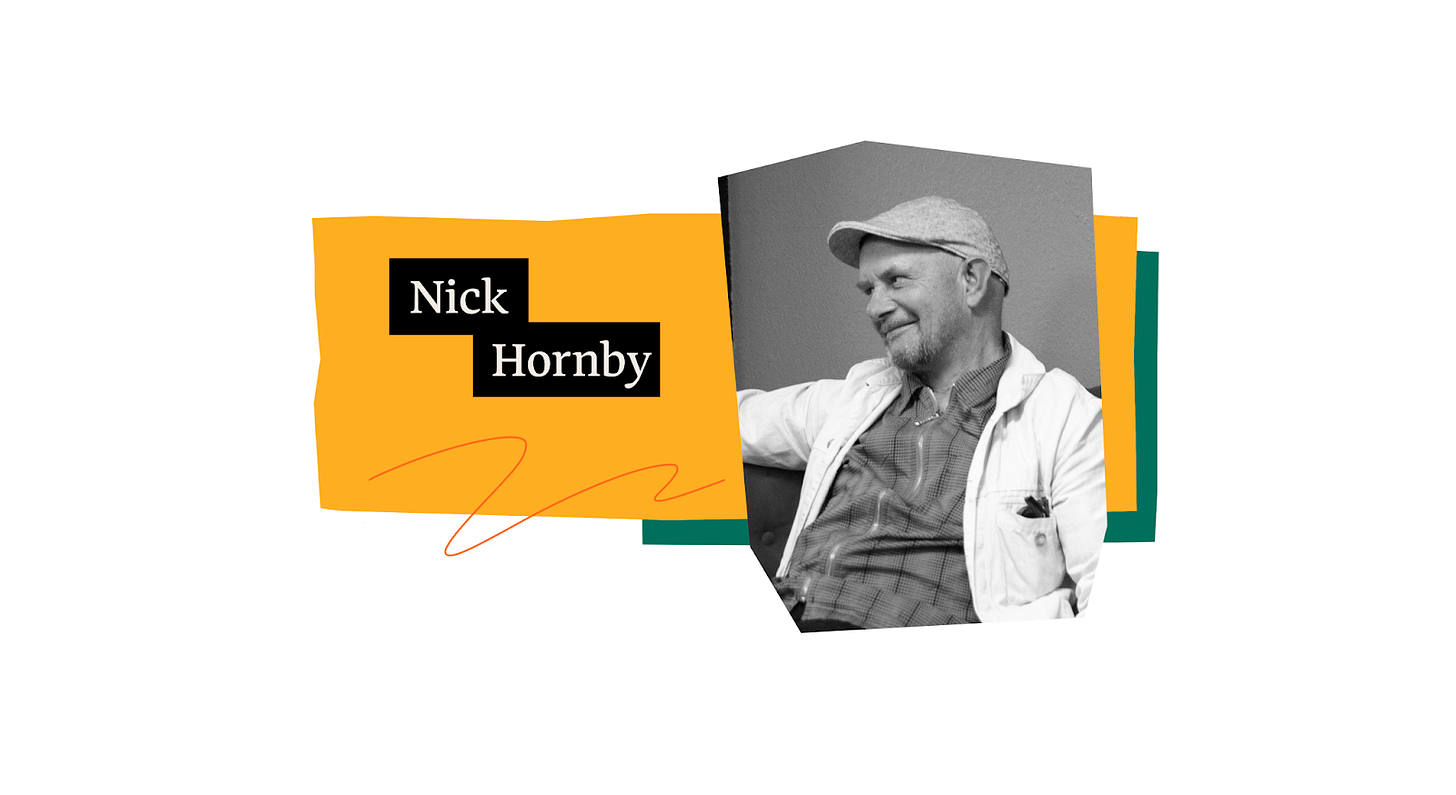





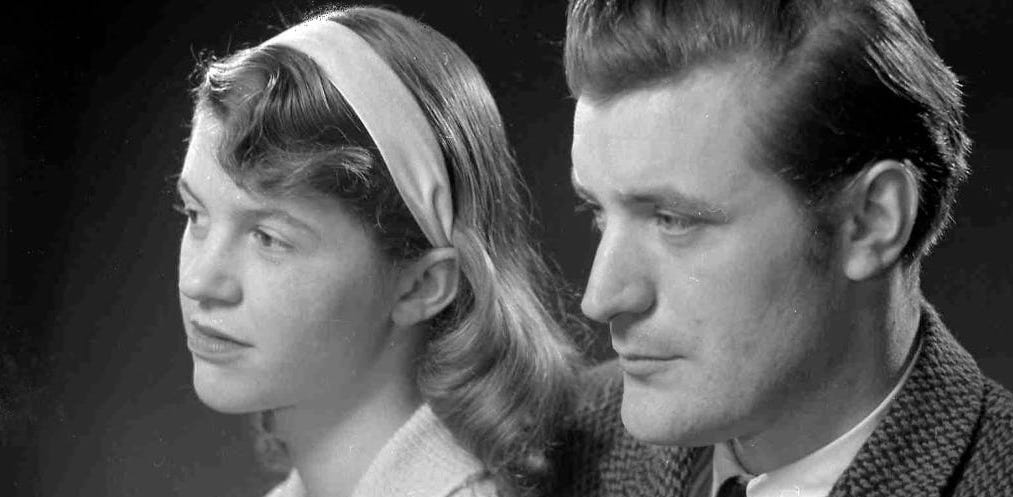

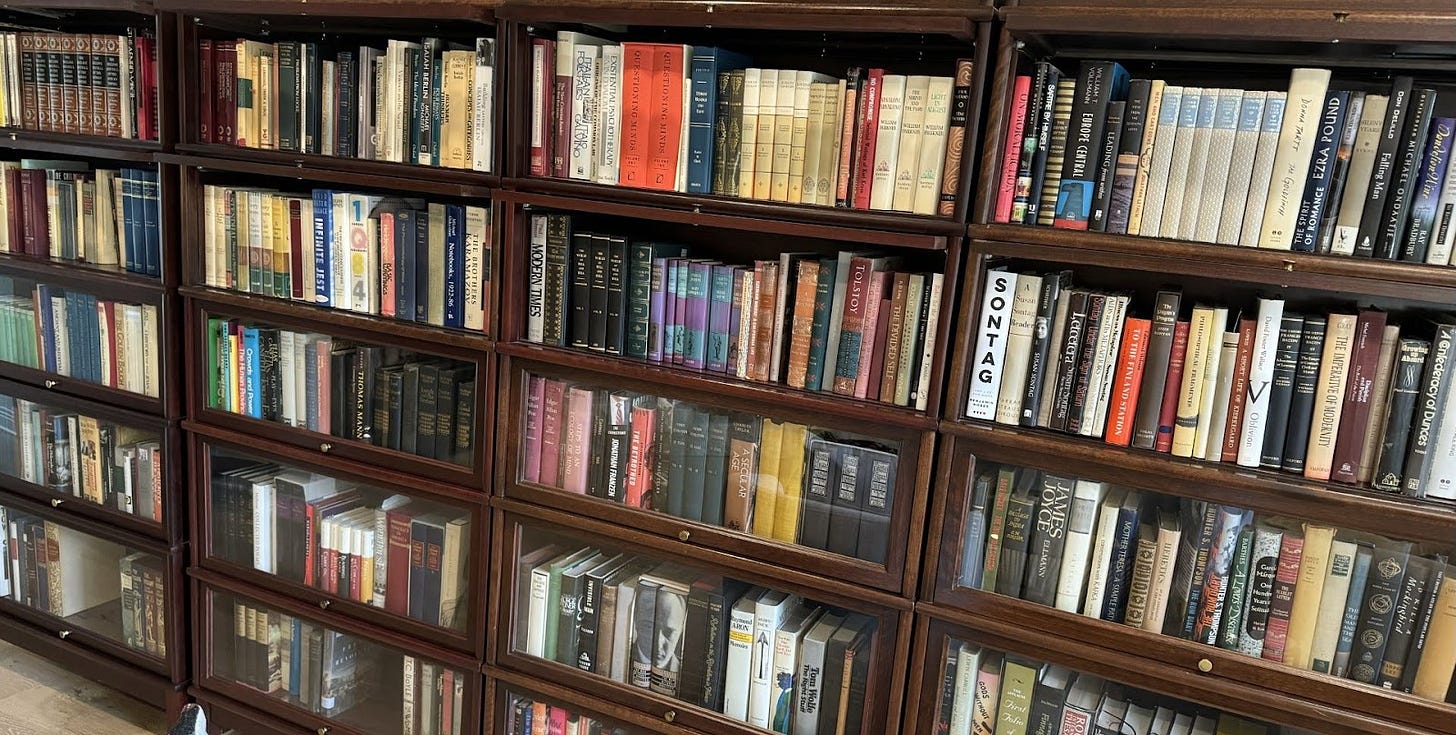

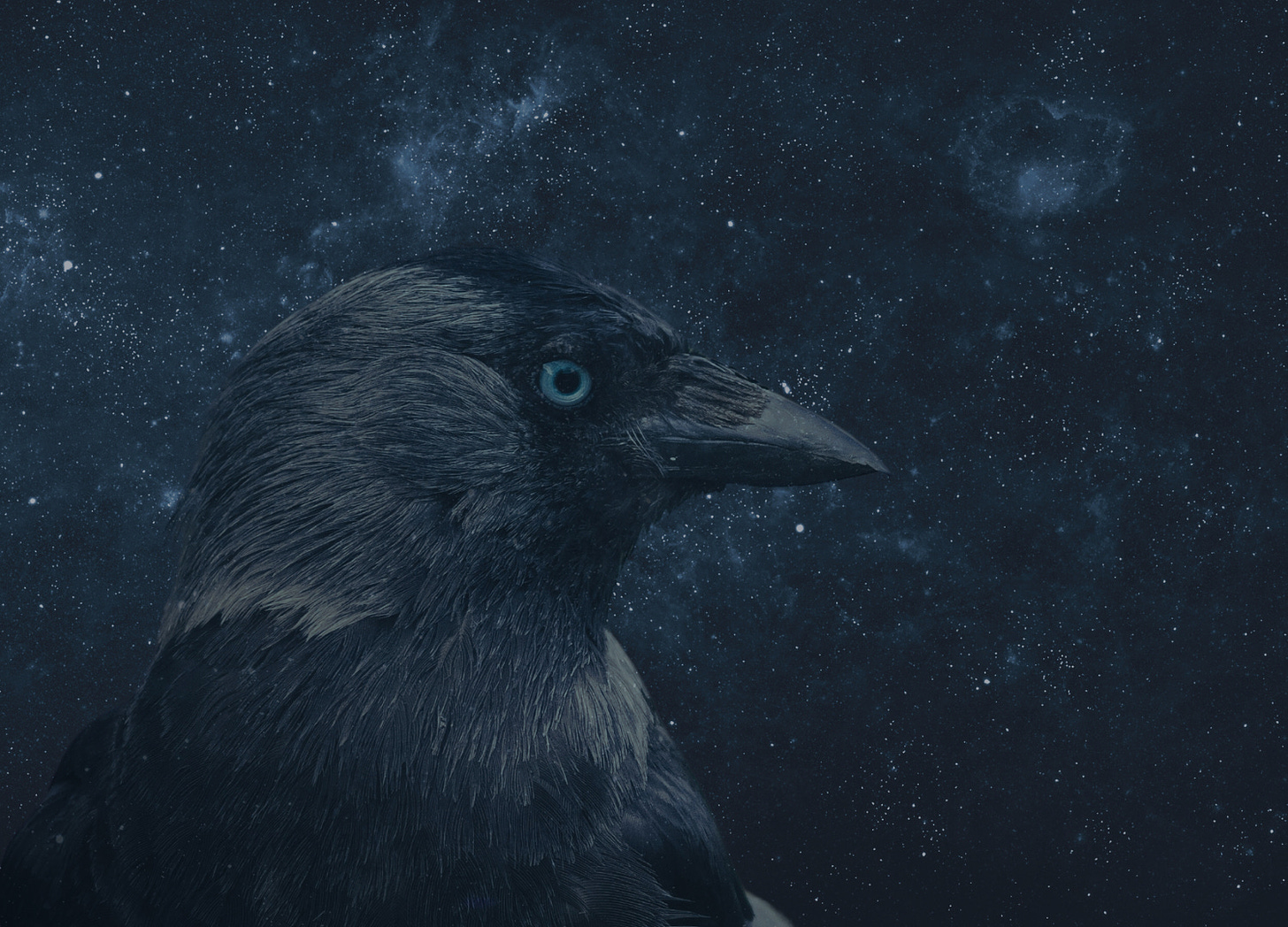

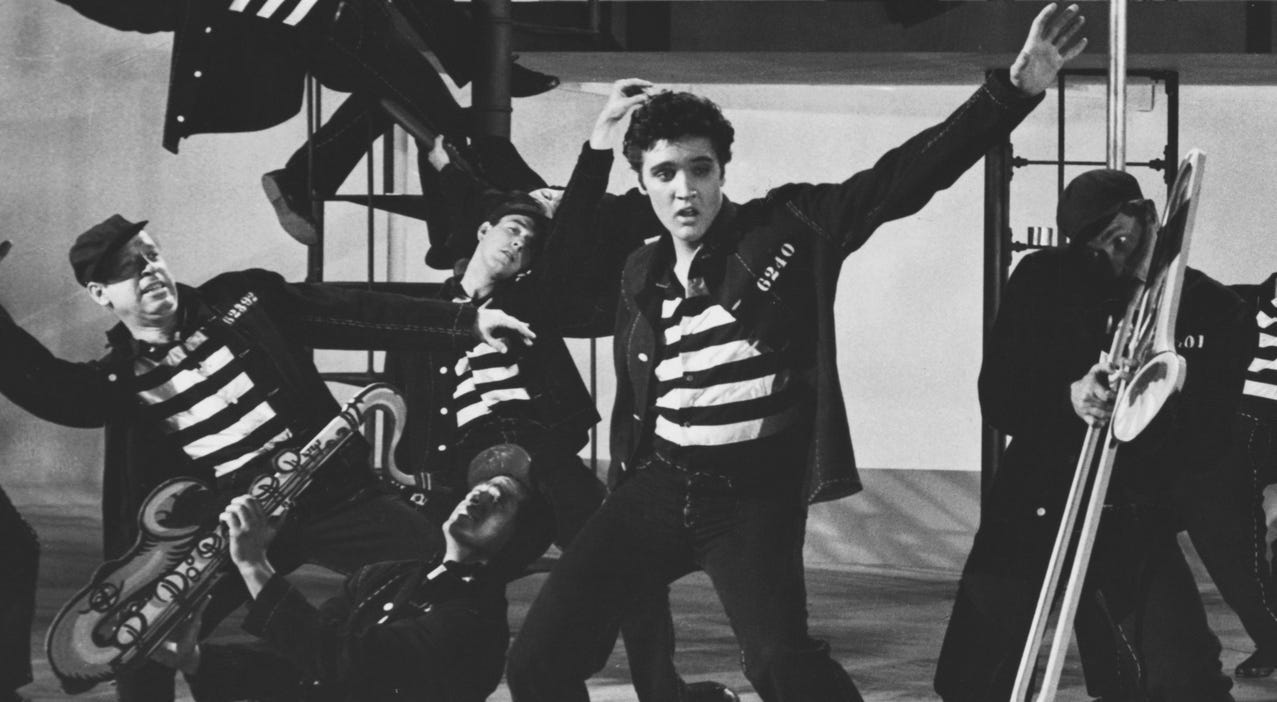
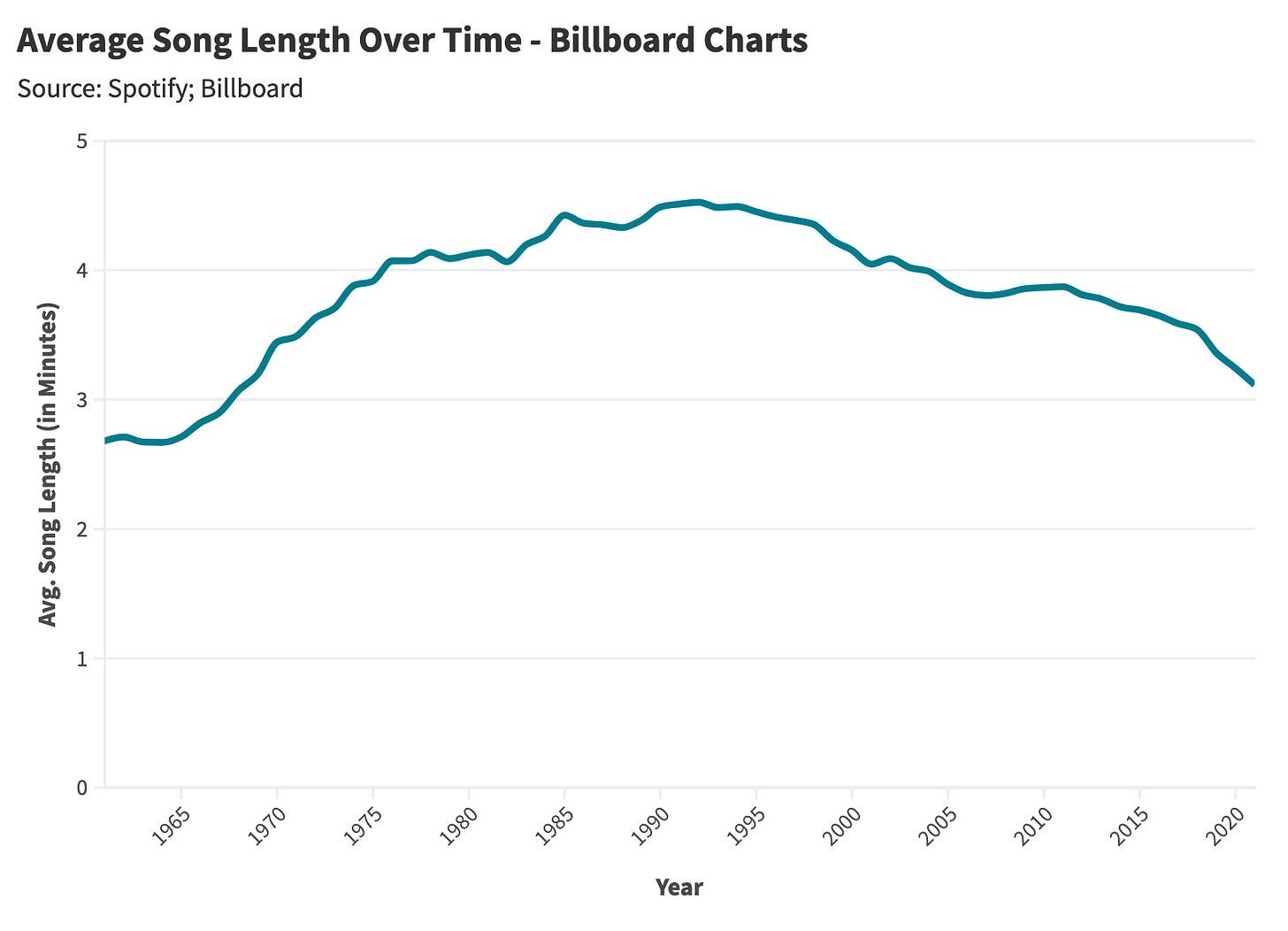















Thank you so much Nick and Team Substack for including my book deal announcement! I’m a Chicago native and a big High Fidelity fan so it was surreal to get notified in the app this morning that Nick Hornby had mentioned me (??!)
Oh this is lovely, Nick! Thank you so much for such a thoughtful write up.